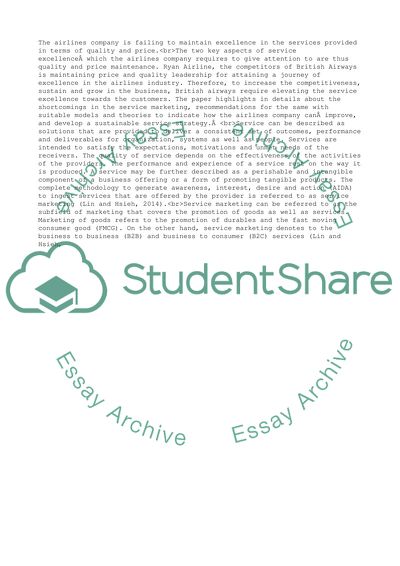Cite this document
(“Delivering Service Excellence Assignment Example | Topics and Well Written Essays - 4000 words”, n.d.)
Delivering Service Excellence Assignment Example | Topics and Well Written Essays - 4000 words. Retrieved from https://studentshare.org/business/1655827-delivering-service-excellence
Delivering Service Excellence Assignment Example | Topics and Well Written Essays - 4000 words. Retrieved from https://studentshare.org/business/1655827-delivering-service-excellence
(Delivering Service Excellence Assignment Example | Topics and Well Written Essays - 4000 Words)
Delivering Service Excellence Assignment Example | Topics and Well Written Essays - 4000 Words. https://studentshare.org/business/1655827-delivering-service-excellence.
Delivering Service Excellence Assignment Example | Topics and Well Written Essays - 4000 Words. https://studentshare.org/business/1655827-delivering-service-excellence.
“Delivering Service Excellence Assignment Example | Topics and Well Written Essays - 4000 Words”, n.d. https://studentshare.org/business/1655827-delivering-service-excellence.


